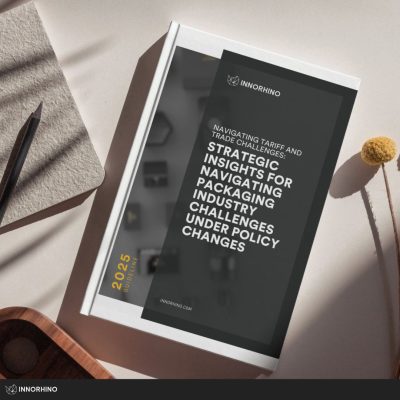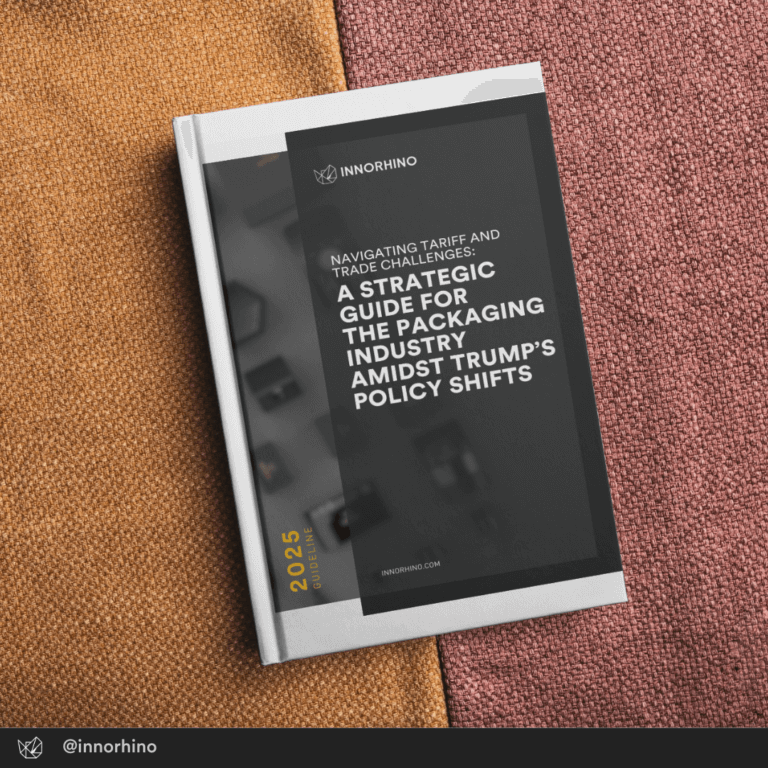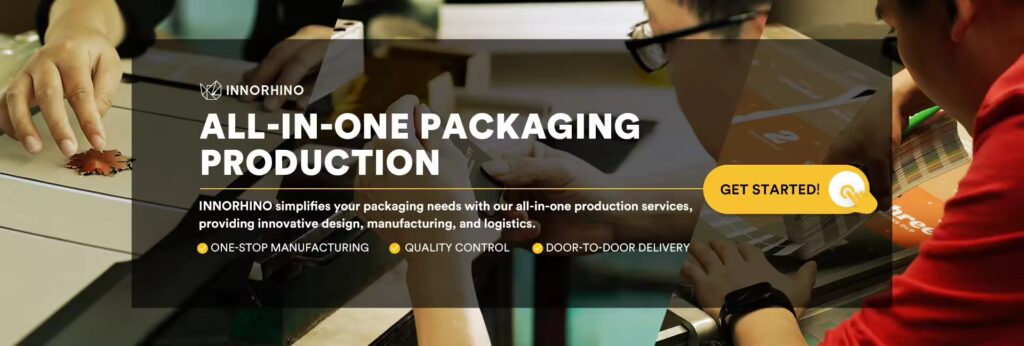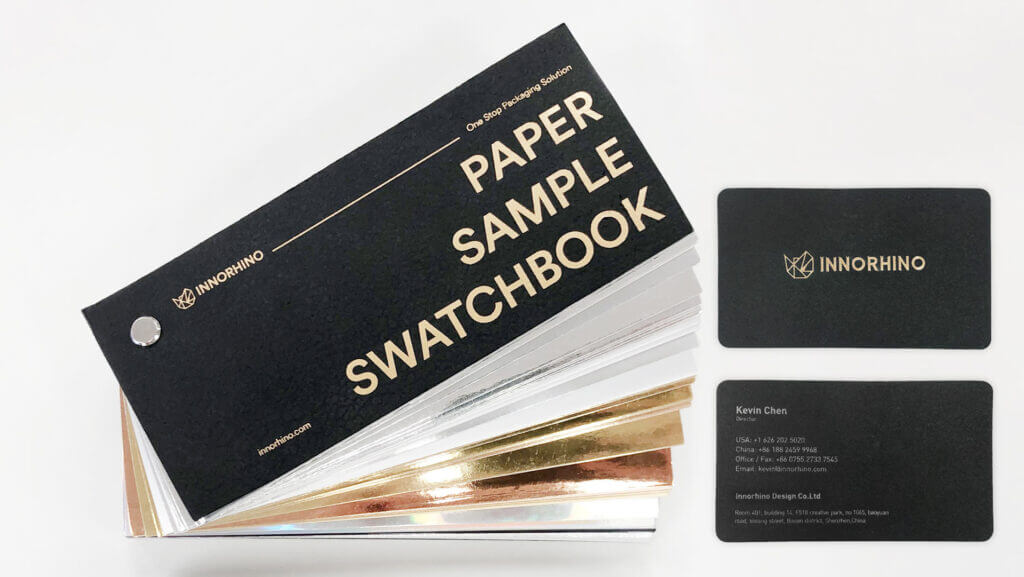As President Trump’s administration introduces new policies, the packaging industry faces big changes. These shifts could mean higher costs for imported materials, new incentives for U.S.-based manufacturing, and different environmental standards. So, what does this mean for your business?
Table of Contents
Toggle1. Higher Tariffs on Imports
New tariffs on imports, especially from China, could drive up the costs of packaging materials. Companies that depend on affordable imports may need to rethink their sourcing or pass these costs along to consumers.
2. U.S. Production Incentives
With corporate tax reductions and incentives for U.S.-based manufacturing, the “Made in USA” label might become more appealing. This shift provides an opportunity for companies to localize production and connect with customers who prefer locally made products.
3. Balancing Environmental Commitments
While environmental regulations may ease, brands with a focus on sustainability will still need to meet customer demand for eco-friendly packaging. Balancing reduced regulation costs with a commitment to green practices is essential for brands that value sustainability.
4. Diversifying Supply Chains
To avoid high tariffs, many companies are exploring new supply chains in tariff-neutral regions like Southeast Asia. Diversifying where you source materials can help maintain stability and control costs in the face of policy changes.
How INNORHINO Can Help
INNORHINO offers tailored solutions, like regional production options, anti-counterfeit tech, and sustainable packaging design to help companies navigate these shifts with ease.
Know More: https://innorhino.com/blog/news/innorhino-strategy-mitigate-section-301-tariffs
Get the Full Guide
Our white paper, Adapting to Change: How President Trump’s Policies Could Impact the Future of the Packaging Industry, provides practical steps for companies to stay competitive and agile.










